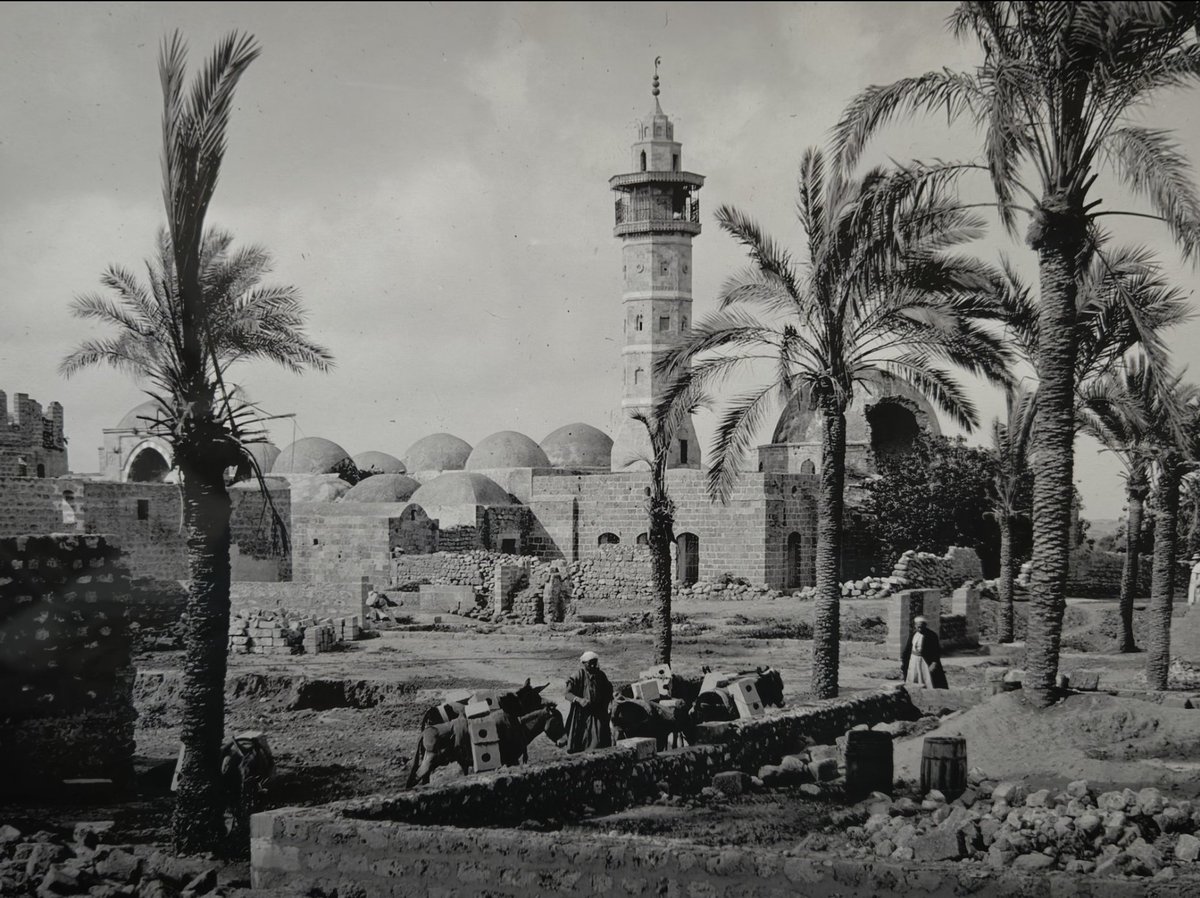The Lord of the Dance
The Nataraja, Shiva as Lord of the Dance, is arguably the greatest artistic creation of the Chola dynasty. It is the perfect symbol of the way Chola sculptors managed to imbue their creations with both a raw sensual power & a profound theological complexity
The Nataraja, Shiva as Lord of the Dance, is arguably the greatest artistic creation of the Chola dynasty. It is the perfect symbol of the way Chola sculptors managed to imbue their creations with both a raw sensual power & a profound theological complexity

The dancing figure of the god is not just a model of virile bodily perfection, but also an emblem of higher truths: on one level Shiva dances in triumph at his defeat of the demons of ignorance and darkness, and for the pleasure of his consort. 

At another level- dreadlocks flying, haloed in fire- he is also dancing the world into extinction so as to bring it back into existence in order that it can be created and preserved anew.
Natraj- Chola,Tanjore 11thC
Now in the collection of the Guimet & Humboldt Forum
Natraj- Chola,Tanjore 11thC
Now in the collection of the Guimet & Humboldt Forum

With one hand he is shown holding fire, signifying destruction, while with the other he bangs the damaru drum, whose sound denotes creation. Renewed & purified, the Nataraja is dancing the universe from perdition to regeneration in a symbol of the circular nature of time itself 

(If anyone wants to read more I've written about the stpathy idol makers who continue the tradition of bronze casting in my 2010 book, Nine Lives.) 

• • •
Missing some Tweet in this thread? You can try to
force a refresh




























